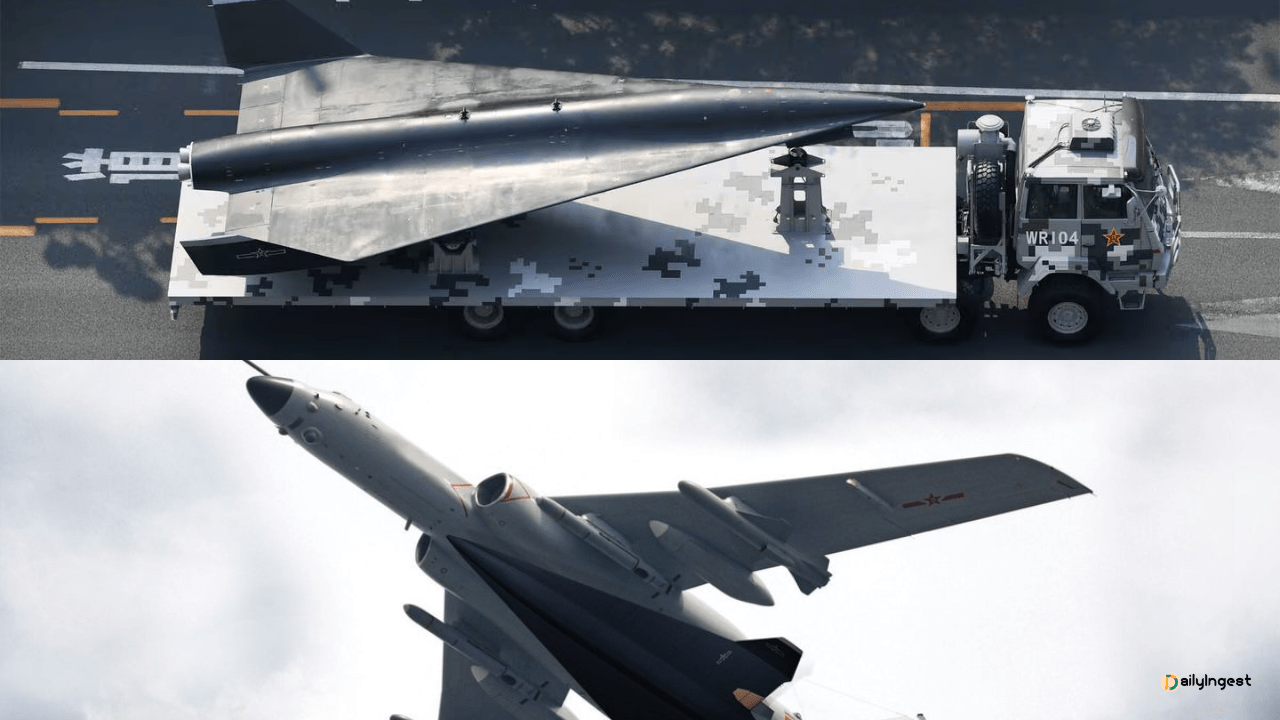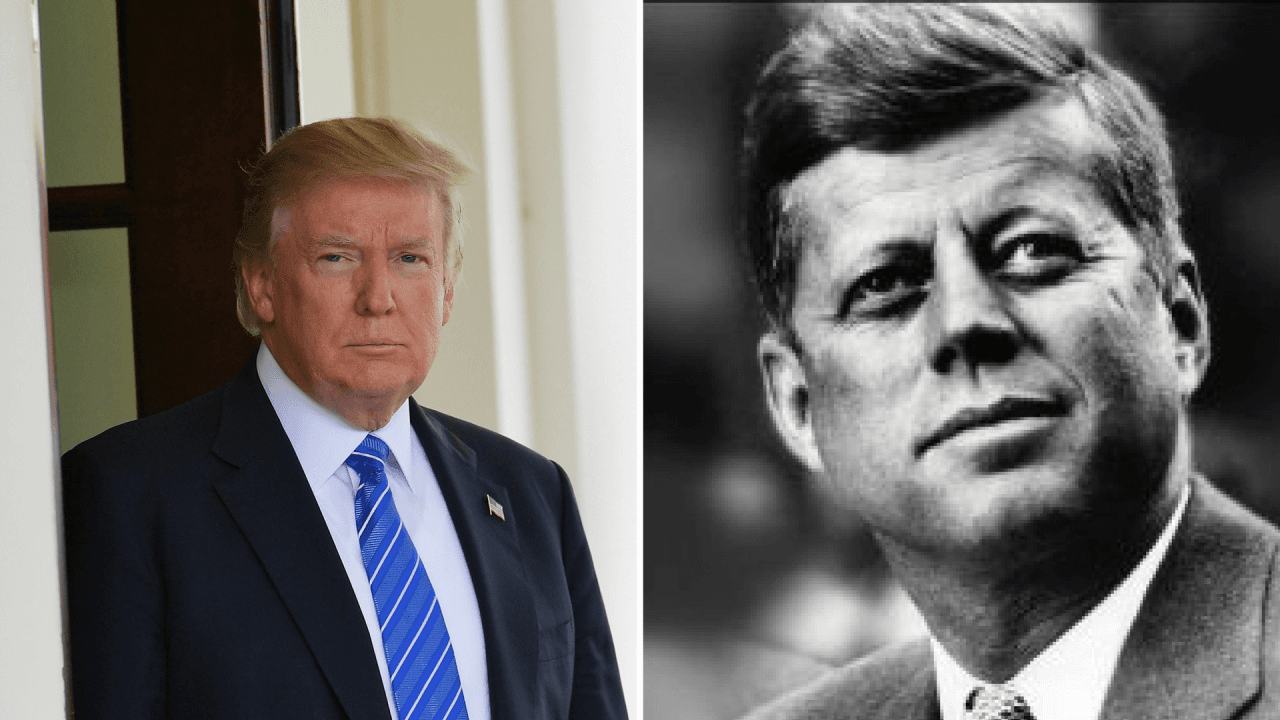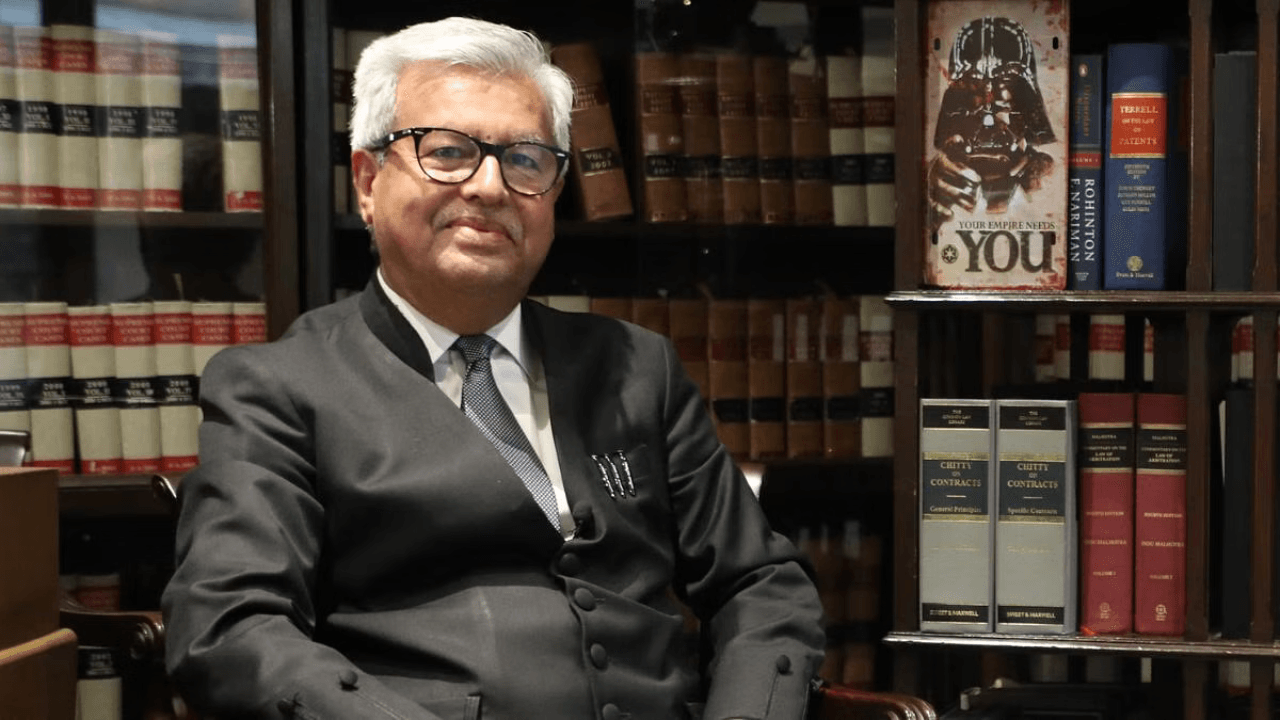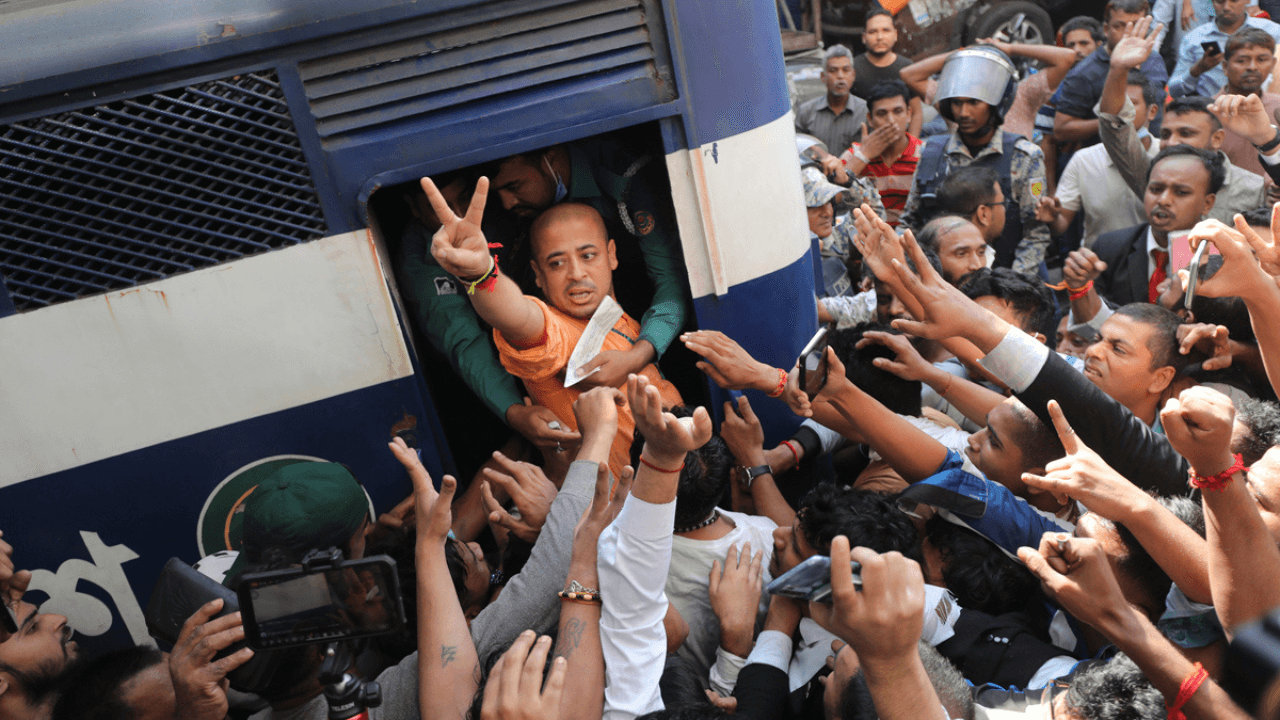Revealed on Weibo, the potential collaboration between the H-6 bomber and supersonic WZ-8 drone has sparked intense speculation and concern among global defence strategists about the future of regional surveillance and military balance.
An image circulating on Chinese social media Weibo has set defense circles abuzz, showcasing a possible pairing of China’s H-6 strategic bomber with the WZ-8 supersonic drone. This combination, if confirmed, could shift the balance of reconnaissance and strategic military capabilities in the Asia-Pacific region.
Grainy Evidence, Concrete Concerns
The image, though not crystal clear, adds weight to ongoing speculations about the integration of these two advanced military assets. The silhouette of the bomber, captured with what appears to be the WZ-8 drone attached, hints at new operational capabilities possibly being tested. Whether part of routine trials or an operational exercise, the implications for regional security are significant.
The Chinese H-6 bomber aircraft is equipped with the WZ-8, a high-altitude, high-speed reconnaissance drone. This drone is designed to gather intelligence, conduct surveillance, and potentially guide missile strikes.
— International Defence Analysis (@Defence_IDA) April 19, 2024
🇨🇳 pic.twitter.com/qh4Mhk4tWH
Design and Capabilities
First seen during the National Day military parade in 2019, the WZ-8 drone caught the attention of military analysts globally. Its distinctive features—delta wings with vertical stabilisers and a rocket nozzle-shaped exhaust—suggest a design optimised for high-speed, high-altitude reconnaissance missions. The drone’s potential for semi or fully autonomous operation could enable it to conduct sophisticated surveillance operations, gathering crucial data without human intervention.
The pairing of the WZ-8 with the H-6 bomber suggests a serious escalation in China’s surveillance reach, capable of penetrating deep into the airspace of potential adversaries such as Taiwan and South Korea. Such capabilities underline China’s ambition to lead in the realm of high-speed reconnaissance and surveillance, ensuring a comprehensive battlefield awareness that could be crucial in high-stakes scenarios.
Reactions and Ramifications
The Washington Post’s report on this development highlights the broader anxiety among U.S., Japanese, and Indian defence strategists. The ability of the WZ-8 to operate at altitudes unreachable by most air defence systems poses a strategic challenge, pushing adversaries to rethink their defensive postures.
The incorporation of the WZ-8 into PLA operations exemplifies the shift towards what is known as “intelligentized warfare,” focusing on leveraging advanced technologies to enhance situational awareness and decision-making processes. This doctrinal evolution aims at maintaining a technological edge that could be decisive in future conflicts.
As nations around the Pacific Rim and beyond watch these developments closely, the strategic calculus continues to evolve. The integration of advanced drones like the WZ-8 with capable launch platforms like the H-6 bomber represents a significant leap in military technology, potentially altering the dynamics of regional security and prompting a reevaluation of existing defence strategies.












